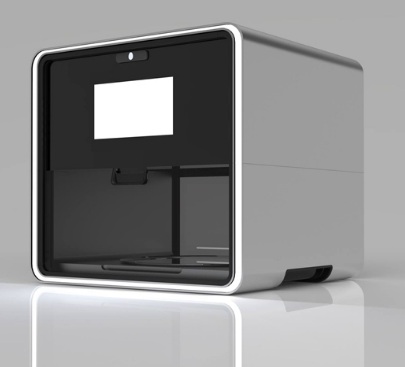We have heard a variety of 3D printers including food-based 3D printers. Do you still remember the first commercial chocolate 3D printer which arrived back in 2011? Recently, more institutions join the food-based 3D printing.
Back in May of this year, NASA has already poured money into the development of 3D food printer to provide astronaut nutritious and delicious food. Meanwhile, a Spanish company called Natural Machines is also working on the 3D food printer. The company weren't satisfied with merely chocolate, they wanted to 3D print a more balanced meal — say, a pizza. Moreover, it's said that the printer can be easy enough for ordinary people to use and will be able to make a variety of dishes.
Natural Machines' printer, named Foodini, uses the same techniques to arrange food that a 3D printer uses to make its creations. The food substance comes out of an extruder, or nozzle, that is attached to a motor. The nozzle extrudes food in a preprogrammed pattern, ensuring that pizzas, burgers, ravioli and other foods are even and perfectly formed.
When you are "cooking" with the 3D printer, you just need fill the printer's nozzle with pre-prepared ingredients, send the printer the design you wish to use, and start it up, then cooking is done. However, because of the printer can only print in one material at a time, you'll have to switch out the dough for cheese or another filling of your choice in order to continue the print. And don't expect the Foodini to pop out fully cooked food. Although the printer's tray is heated to keep food fresh and pliable, it's not an oven, so maker/bakers will have to move their creations to an oven before the printings are ready to eat. Plus it can only make food using paste-like ingredients.
The Foodini may not make stoves, grills and ovens obsolete, but it could make it easier to prepare complex dishes. The thought of downloading recipes online also makes it easier to try new meals or prepare difficult ones that you may not have the time or skill to do on your own. Natural Machines says the Foodini is currently in prototype; the device has a lot of exposed wires and looks more like what you'd find on an engineer's desk than on your average kitchen counter. The finished product, which looks a bit like a miniature oven, is expected to go on sale this spring for 1,000 euro, or almost $1,400.
Regardless of the incomplete function and high price, people know that 3D printing is entering the kitchen and will bring more convenient life.






